Comfort food is where nostalgia meets hunger, and few nations do it better than Canada. While Americans love their mac and cheese and deep-dish pizzas, Canadians have a league of cozy classics that never made it across the border. These dishes are deeply tied to Canadian winters, hockey nights, and small-town diners, with flavors that are equal parts hearty and homespun. Here are 19 Canadian comfort foods that don’t exist in the U.S.
Poutine
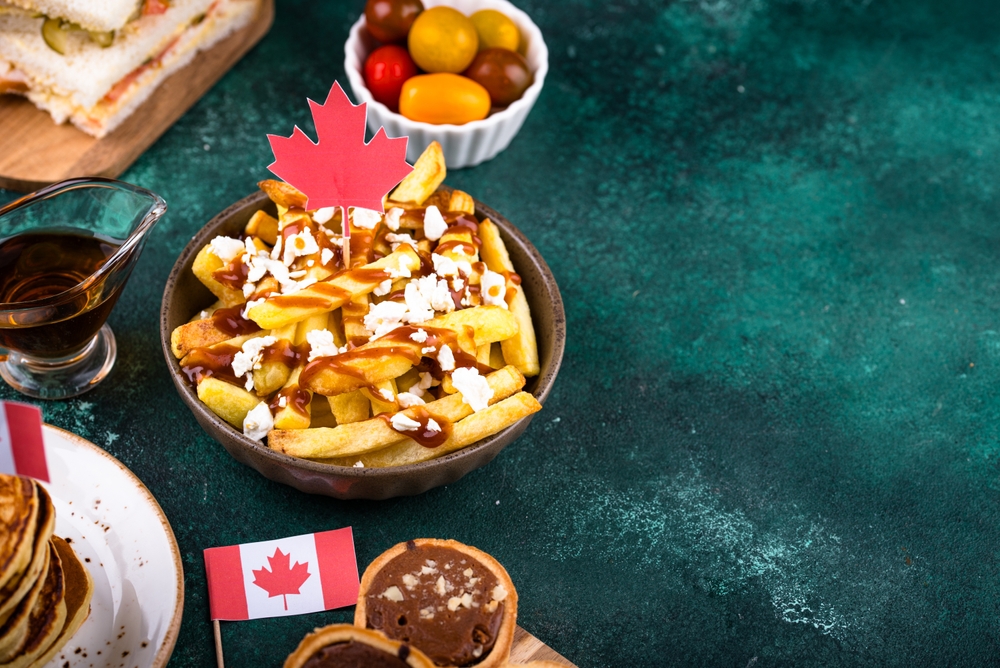
The combination of crispy fries, squeaky cheese curds, and a generous pour of brown gravy defines this Québécois creation. Born in rural Quebec in the 1950s, poutine quickly became a national obsession. The balance of textures, hot gravy melting cold cheese curds, creates the perfect savory mess. It’s eaten everywhere from roadside shacks to gourmet restaurants with truffle oil versions. Americans may have fries with cheese or gravy separately, but rarely together with such devotion. For many Canadians, it’s the ultimate comfort food after a night out, during a snowstorm, or whenever emotional stability feels optional.
Butter Tarts
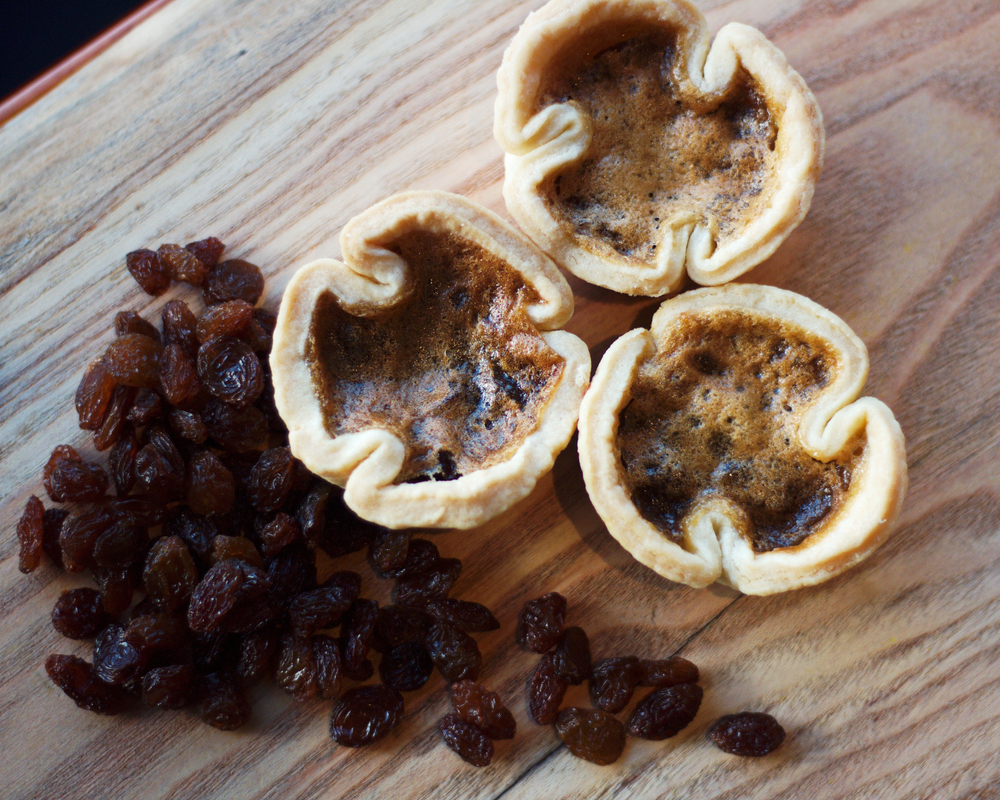
Small, gooey, and irresistibly sweet, butter tarts are a staple of Canadian baking. Their flaky pastry shell holds a rich filling made of butter, sugar, and eggs, sometimes with raisins or pecans, sometimes not, depending on regional loyalty. These treats date back to pioneer times and are found in every bakery and holiday table. The U.S. has pecan pie, but the butter tart is more delicate, caramel-like, and proudly independent. Every family claims their recipe is “the real one,” sparking debates strong enough to rival hockey rivalries. It’s the ultimate nostalgic dessert in Canadian households.
Nanaimo Bars
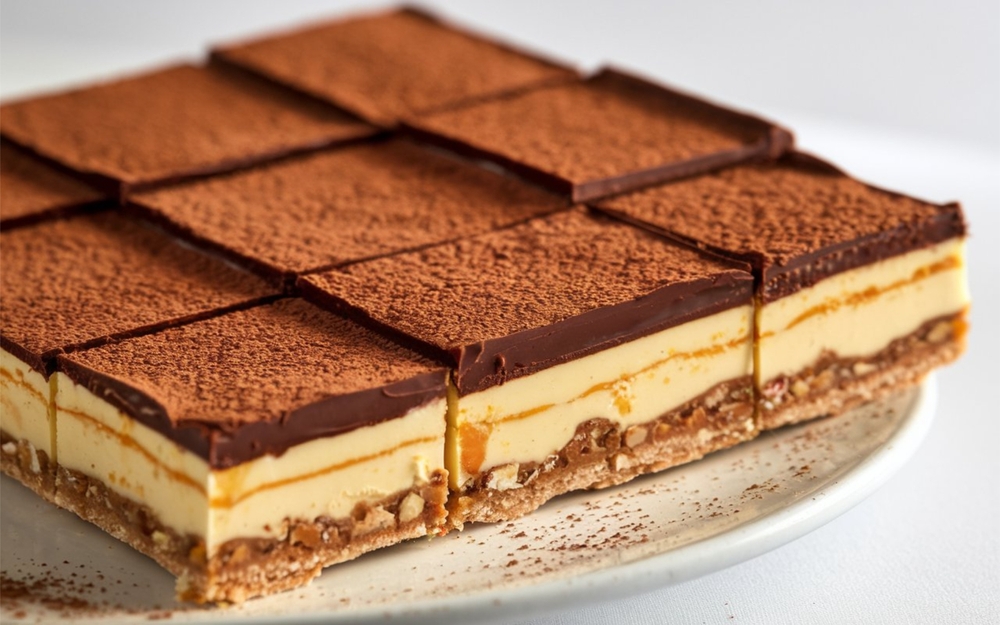
Originating from Nanaimo, British Columbia, these no-bake dessert bars combine three heavenly layers: a crumbly graham-coconut base, a custard-flavored middle, and a glossy chocolate top. They’re rich, sweet, and impossible to eat neatly. First appearing in the 1950s, they became a staple of bake sales and potlucks nationwide. Unlike American brownies, Nanaimo bars are creamier and don’t require an oven, making them perfect for busy families. Their exact ratio of custard to chocolate is a matter of fierce personal preference, but every version guarantees a sugar rush and a smile. Americans simply never caught on.
Tourtière
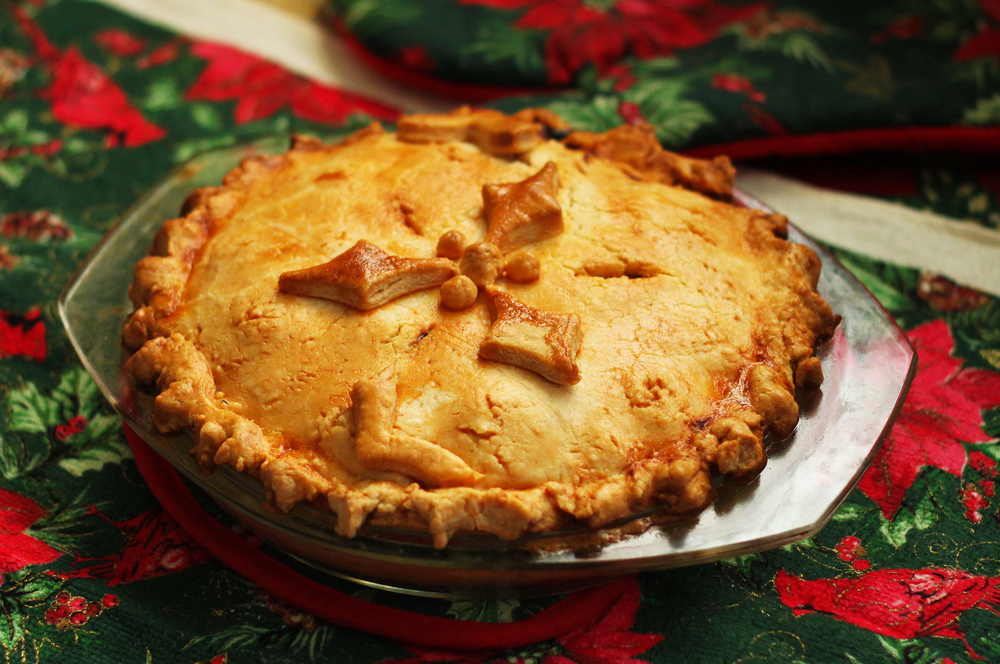
A hearty meat pie from Quebec, tourtière dates back to the 1600s and is traditionally served during Christmas. The filling, usually pork, veal, or beef, is seasoned with cinnamon, cloves, and allspice, giving it a uniquely spiced warmth. Its golden crust seals in the savory aroma that defines French-Canadian winter feasts. While Americans have chicken pot pie, tourtière’s flavor profile is bolder and more festive. It’s less about comfort-by-cream and more about comfort-by-tradition, reflecting old French influences that never crossed south.
BeaverTails
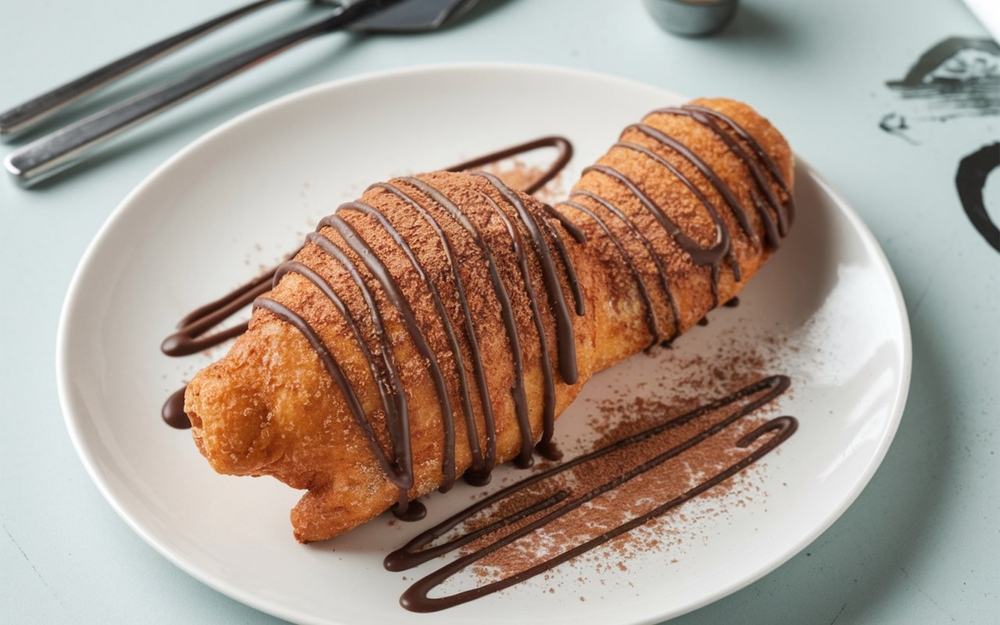
Despite the name, no beavers are harmed in the making of this treat. A BeaverTail is a fried dough pastry stretched to resemble a beaver’s tail and covered with toppings like cinnamon sugar, chocolate, or maple syrup. First sold at Ottawa’s Rideau Canal Skateway, it’s a winter tradition for skaters and tourists alike. The concept may sound similar to funnel cake, but the dough’s texture and flat shape make it distinct. Each province adds its twist, from Nutella to cheesecake drizzle. Americans might have doughnuts, but BeaverTails are an outdoor winter staple tied to Canadian identity.
Ketchup Chips
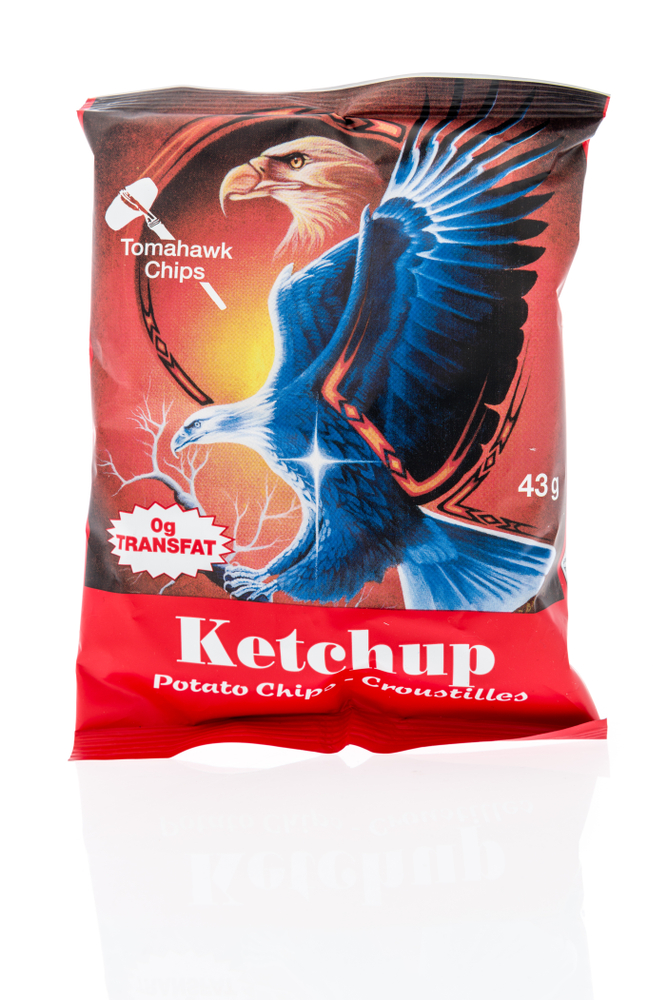
These bright-red potato chips sound odd to outsiders but are beloved across the country. Introduced by Hostess in the 1970s, ketchup chips combine tangy, sweet, and salty flavors that somehow work perfectly. They’re a snack that screams nostalgia for childhood lunchboxes and long road trips. Unlike typical U.S. chip flavors like barbecue or sour cream, ketchup chips never became mainstream south of the border. Canadians swear by their addictive quality and mourn whenever they temporarily vanish from shelves.
Peameal Bacon Sandwich
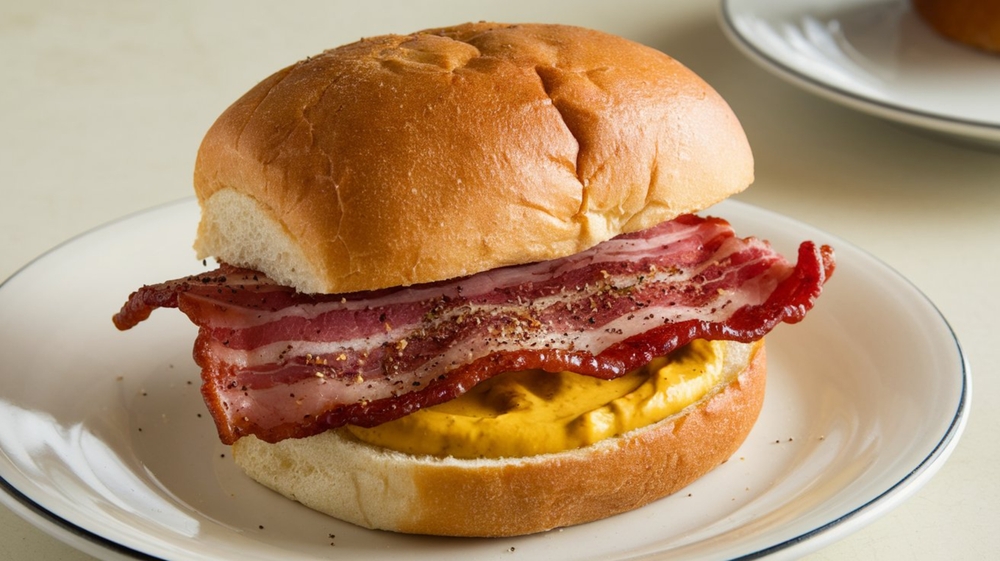
Toronto’s signature sandwich features slices of cured pork loin rolled in cornmeal, grilled, and served on a bun, sometimes with mustard, sometimes plain. Known elsewhere as “Canadian bacon,” peameal bacon differs from the fatty, smoked version Americans eat. It’s leaner, juicier, and far more satisfying. This sandwich traces back to 19th-century Ontario but remains a breakfast and lunch favorite today. St. Lawrence Market is famous for serving the original, but you’ll find versions across the city. Simple yet flavorful, it’s a protein-packed comfort food that never quite made it onto American breakfast menus.
Split Pea Soup
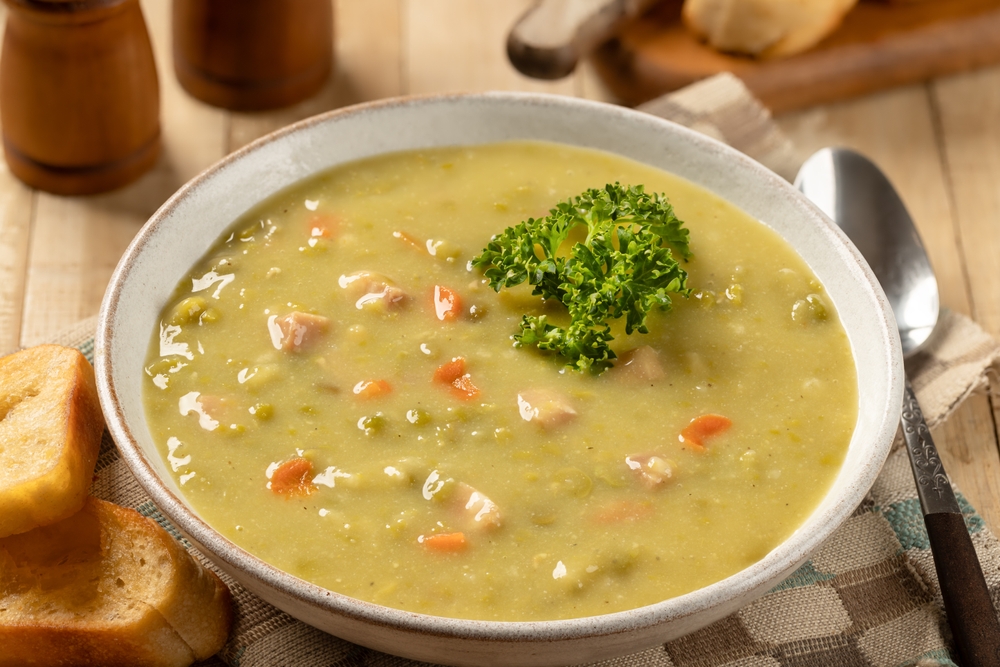
This dish has roots in French-Canadian history, dating back to early settlers who relied on dried peas during harsh winters. Traditionally made with yellow peas, salt pork, and herbs, split pea soup is thick, smoky, and deeply filling. It’s a comfort food often linked to Quebec’s rural kitchens and lumber camps. While the U.S. has pea soups too, the Canadian version stands out for its rustic simplicity and use of hearty local ingredients. It’s one of those meals that warms you from the inside out, especially after shoveling snow for the third time in a day.
Bannock
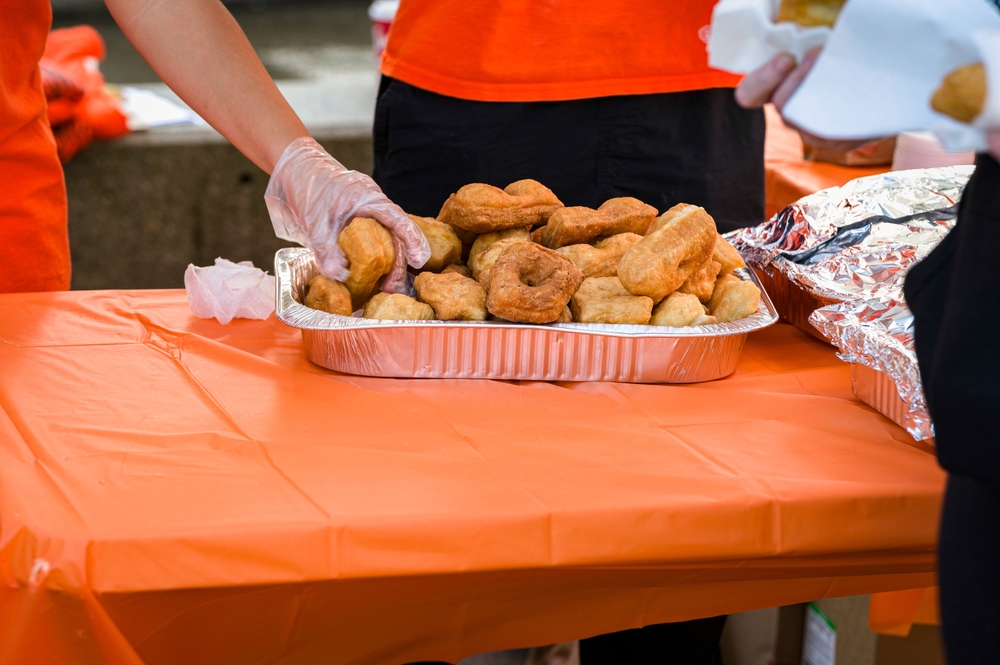
Bannock is a dense, fried or baked bread with Indigenous roots, later adapted by settlers. It’s made from simple ingredients: flour, baking powder, water, and a bit of fat, and can be sweet or savory. Indigenous communities made versions long before colonization, and it remains an important cultural food. Eaten warm with butter or jam, bannock offers comfort that’s both culinary and historical. Unlike southern cornbread or American biscuits, its texture is heartier and more versatile. You’ll find bannock at powwows, roadside stands, and home kitchens, symbolizing both resilience and delicious simplicity.
Kraft Dinner (KD)
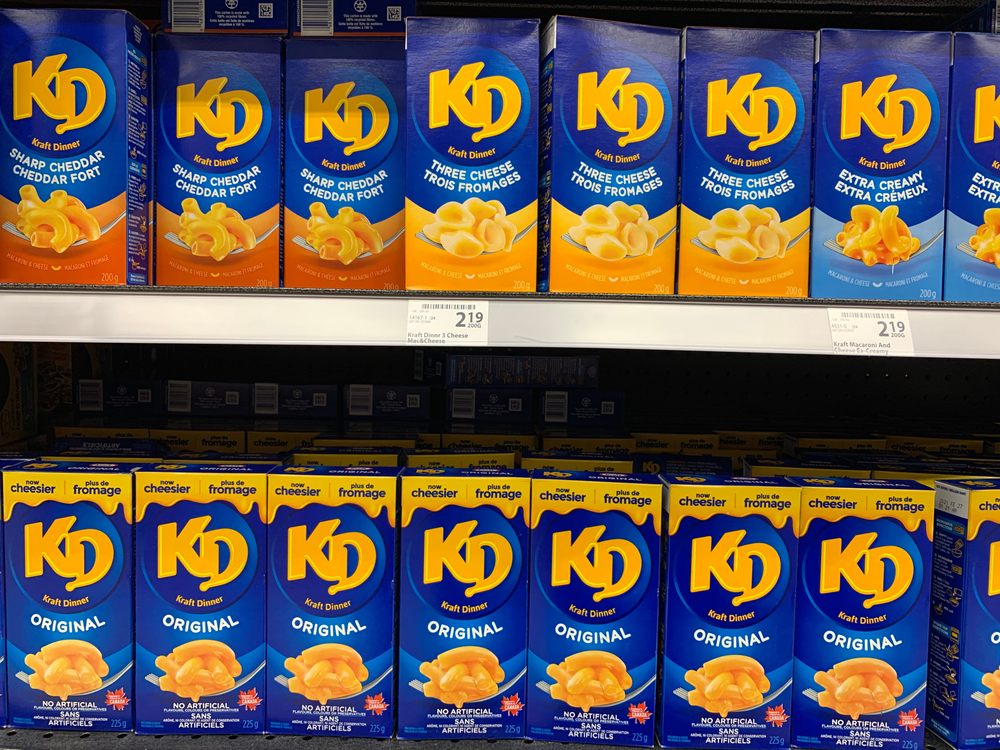
Yes, boxed mac and cheese exists everywhere, but in Canada, Kraft Dinner is practically a national dish. It’s affectionately called “KD” and eaten with a devotion Americans simply can’t match. Introduced during wartime rationing, it became an affordable, quick meal for students, families, and everyone in between. Canadians often add ketchup or hot dogs, while others insist it’s best plain and neon orange. It’s comfort food in its most nostalgic form, representing late-night study sessions and cozy, lazy nights. KD isn’t just food—it’s an emotional experience wrapped in cardboard and powdered cheese.
Montreal-Style Bagels
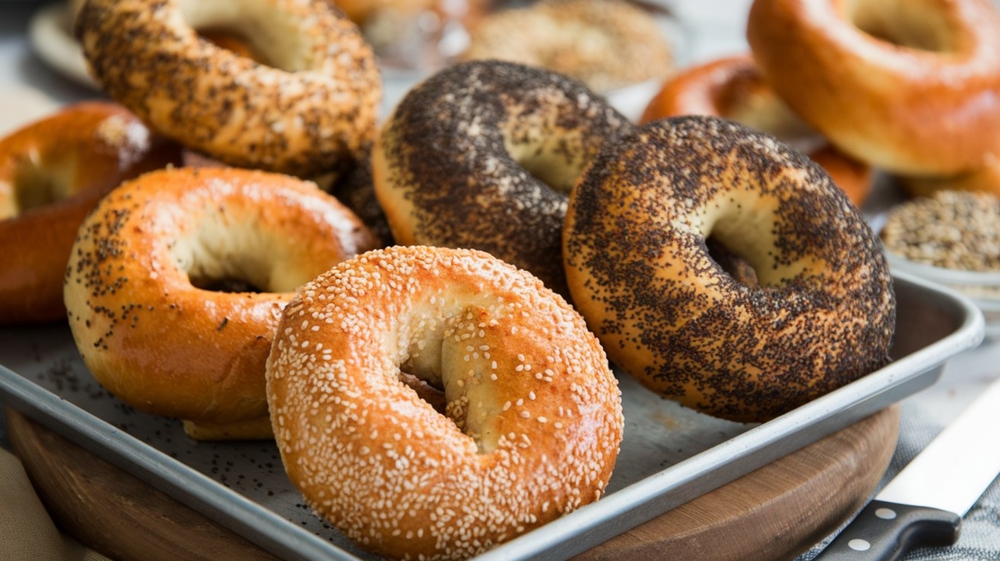
These bagels are smaller, denser, and sweeter than their New York cousins. Baked in wood-fired ovens and boiled in honey water, Montreal bagels have a distinct flavor and chewy texture. The most famous varieties, sesame and poppy seed, are sold by iconic bakeries like St-Viateur and Fairmount Bagel. Americans may pride themselves on New York bagels, but Montreal’s version is an entirely different comfort experience. They’re meant to be eaten fresh from the bag, still warm, sometimes with cream cheese but often plain. Once you’ve tried one, it’s hard to go back to anything else.
Maple Taffy
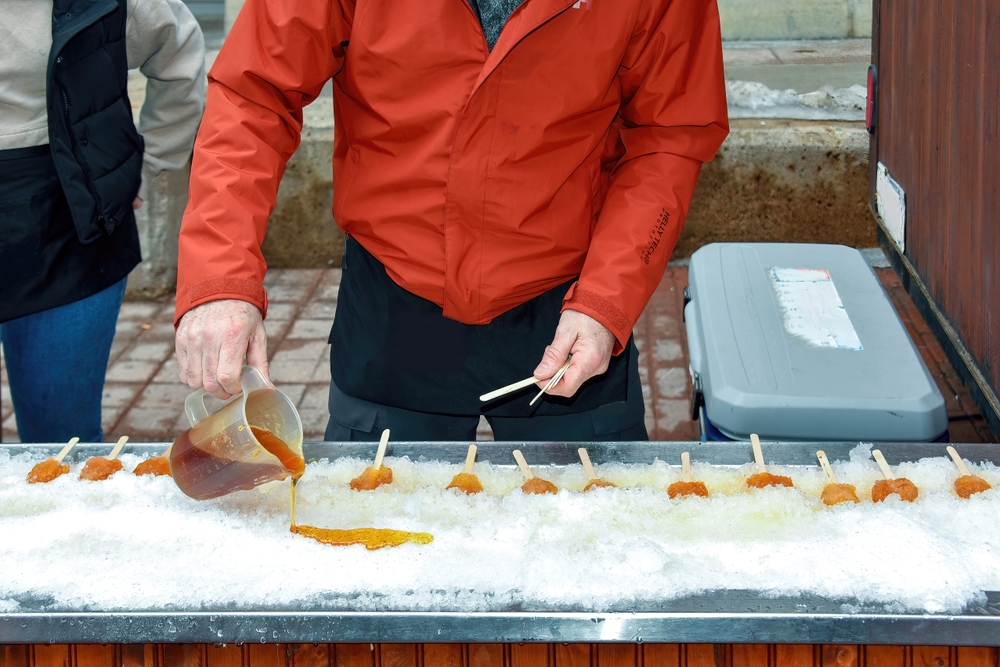
Maple taffy, or “tire d’érable,” is a sweet treat made by pouring boiling maple syrup over snow, where it instantly thickens into a chewy candy. Found mostly at sugar shacks in Quebec and Ontario during syrup season, it’s as much an experience as it is a food. The process captures the magic of Canadian winters, kids lining up with popsicle sticks in hand. There’s no American equivalent that combines weather, tradition, and sugar quite so perfectly. It’s the purest form of maple indulgence and a sticky reminder of how nature can double as a dessert factory.
Donair
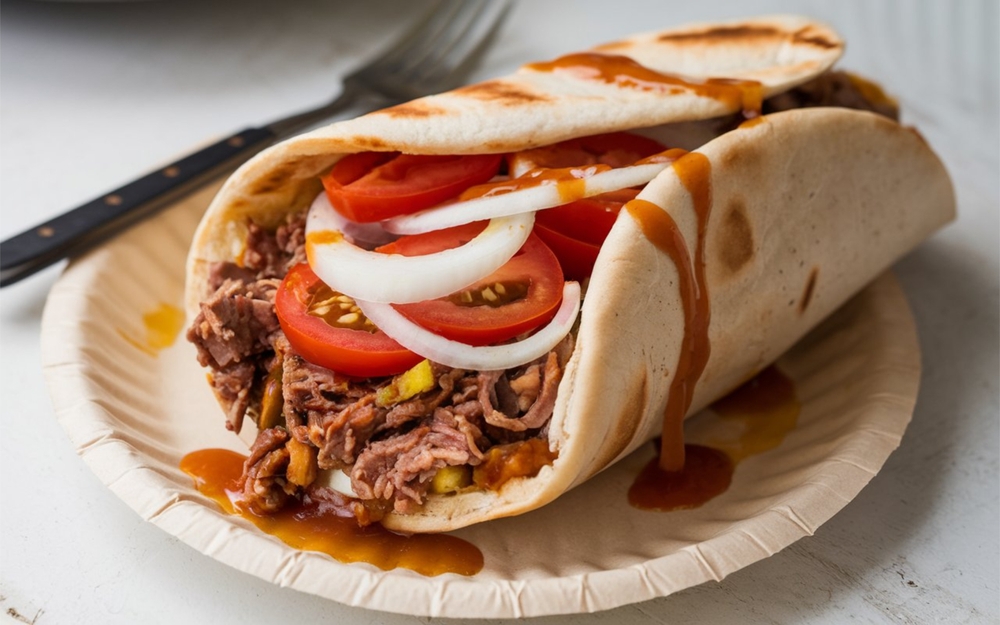
This Halifax favorite is Canada’s answer to the gyro, but with its own personality. The donair features spiced beef cooked on a rotating spit, served in pita bread, and topped with onions, tomatoes, and a sweet garlic sauce. It’s messy, rich, and addictive. Created in the 1970s, the donair became a late-night essential on the East Coast, eventually earning “official food” status in Halifax. The sauce, made from condensed milk and vinegar, gives it a flavor you won’t find in any American equivalent. It’s both a meal and a local legend, wrapped in foil and nostalgia.
Saskatoon Berry Pie
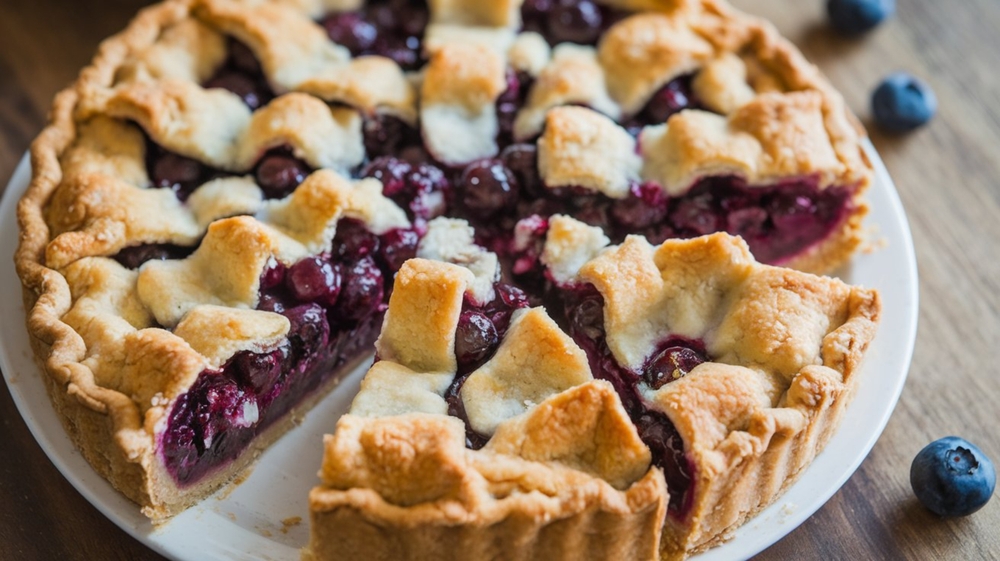
Saskatoon berries resemble blueberries but taste nuttier and slightly tart. This prairie specialty is baked into flaky pies that taste like summer in dessert form. The berries grow primarily in Western Canada and are rarely exported, making this pie truly regional. Sweet, tangy, and comforting, it’s often paired with vanilla ice cream or whipped cream. Americans might compare it to blueberry or huckleberry pie, but Saskatoon’s flavor is distinct enough to deserve its own fame. Every bite feels like a taste of homegrown abundance from Canada’s open plains and small-town kitchens.
Caesar Cocktail
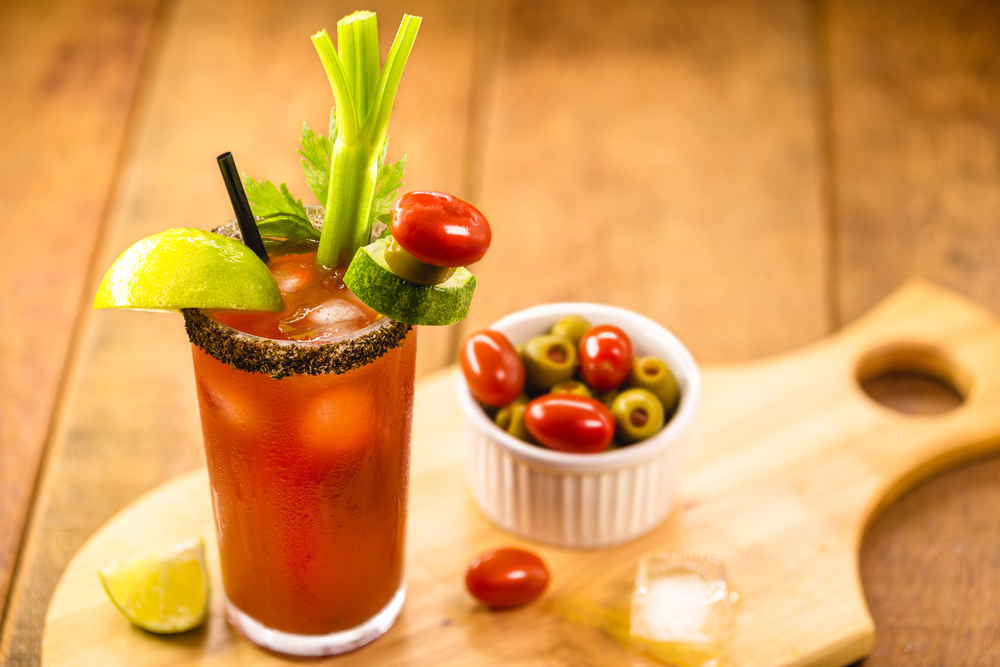
Invented in Calgary in 1969, the Caesar cocktail is Canada’s twist on the Bloody Mary. It combines vodka, Clamato juice (tomato juice mixed with clam broth), Worcestershire sauce, hot sauce, and a celery-salt rim. It’s a brunch essential, often garnished with everything from pickles to bacon strips. While Americans have Bloody Marys, the clam-infused base gives Caesars a savory depth they can’t replicate. It’s a drink that confuses foreigners at first sip but wins them over by the second. In Canada, it’s practically a personality trait, brunch without a Caesar is just breakfast.
Sugar Pie
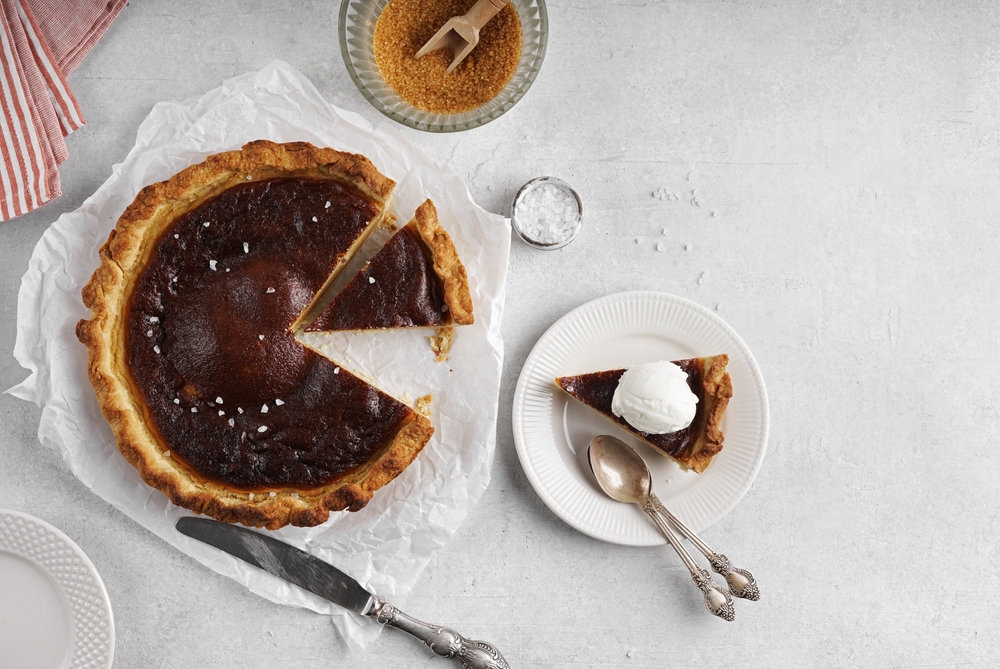
Popular in Quebec, sugar pie is exactly what it sounds like: a pie filled with brown sugar, cream, and butter, baked until gooey. It’s sweet enough to make your dentist nervous but beloved for its old-fashioned simplicity. The recipe originated from settlers who lacked access to maple syrup year-round and relied on pantry staples. It’s served warm or cold, often at holidays or Sunday dinners. The filling’s caramel-like richness sets it apart from American pies, which tend to rely on fruit. One slice and you’ll understand why it’s been a comfort dessert for centuries.
Salmon Candy
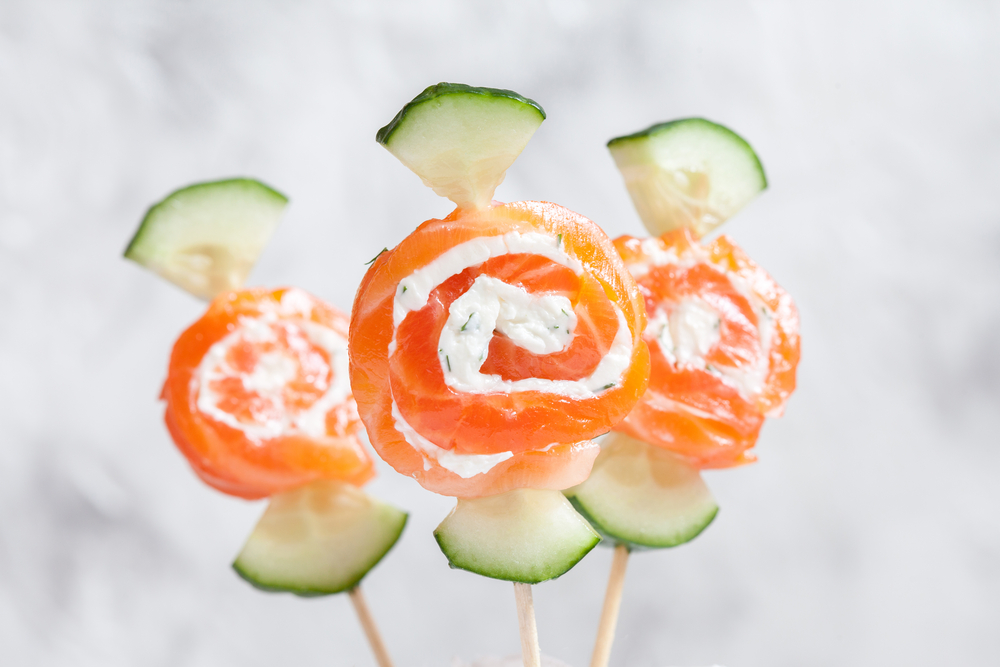
This West Coast delicacy is made from smoked salmon glazed with maple syrup, giving it a chewy, sweet-savory flavor. Originally a First Nations preservation method, it has evolved into a gourmet snack sold in markets across British Columbia. Unlike American smoked salmon, which is typically savory and thinly sliced, salmon candy is thicker and more caramelized. It’s perfect for road trips, camping, or just nibbling with wine. The texture strikes a balance between jerky and candied fish, offering a uniquely Canadian mix of flavor and tradition that hasn’t found a U.S. counterpart.
Montreal Smoked Meat Sandwich
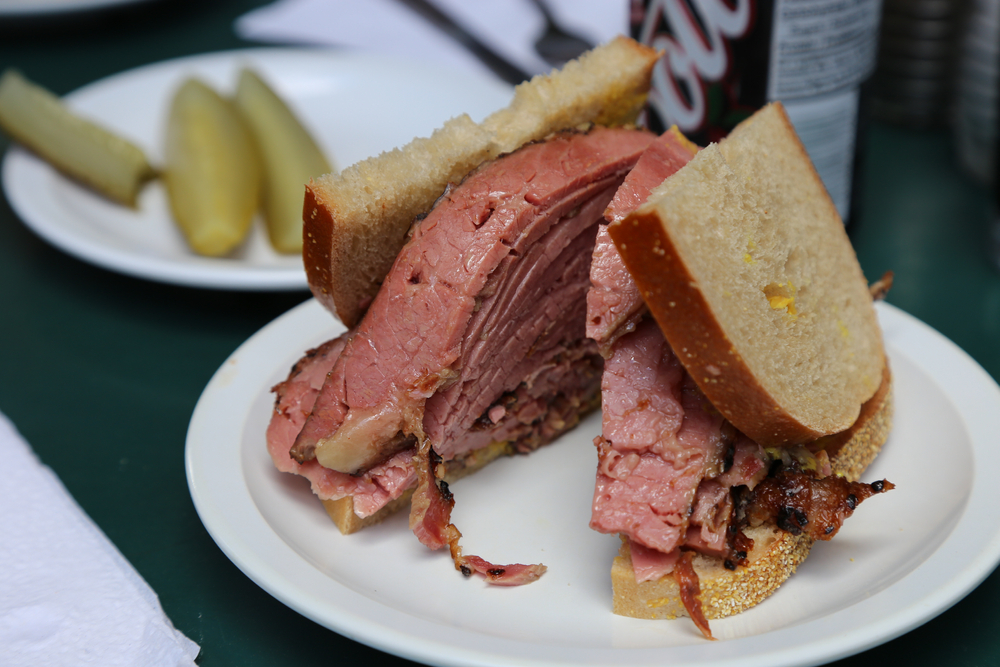
A Montreal icon, this sandwich features piles of spiced, smoked brisket served on rye bread with mustard. It’s similar to a New York pastrami sandwich but bolder in flavor and texture. The meat is cured with a unique blend of spices, then steamed to tender perfection. Schwartz’s Deli is the most famous spot to try it, though versions exist across Quebec. The smoky aroma and juicy texture make it irresistible. Americans may love deli sandwiches, but this one’s all about patience, spice, and the kind of flavor you can only get north of the border.
Tire sur la Neige (Maple Snow Taffy)
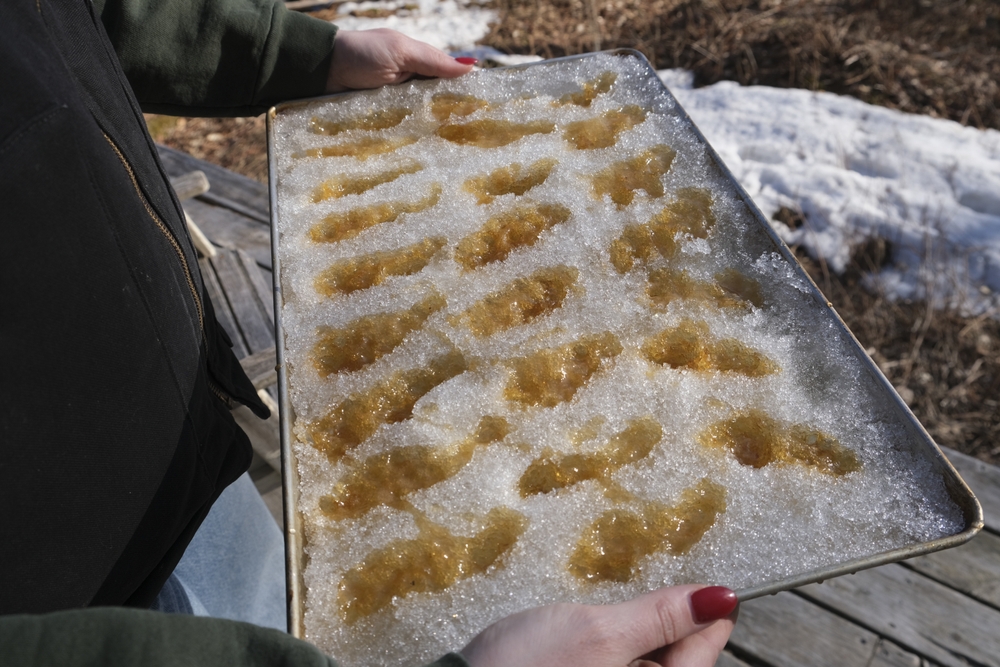
Though similar to maple taffy, this Quebec classic deserves its own mention for being more of a ritual than a dessert. During maple season, locals pour hot maple syrup onto packed snow, roll it with sticks, and enjoy it fresh. It’s tied to spring festivals and sugar shacks, often marking the end of winter. The syrup’s caramelization level and the snow’s temperature determine its texture, making every batch slightly different. The simplicity of nature turning syrup into candy embodies Canadian comfort at its sweetest, something Americans haven’t quite managed to recreate.
21 Products Canadians Should Stockpile Before Tariffs Hit

If trade tensions escalate between Canada and the U.S., everyday essentials can suddenly disappear or skyrocket in price. Products like pantry basics and tech must-haves that depend on are deeply tied to cross-border supply chains and are likely to face various kinds of disruptions
21 Products Canadians Should Stockpile Before Tariffs Hit